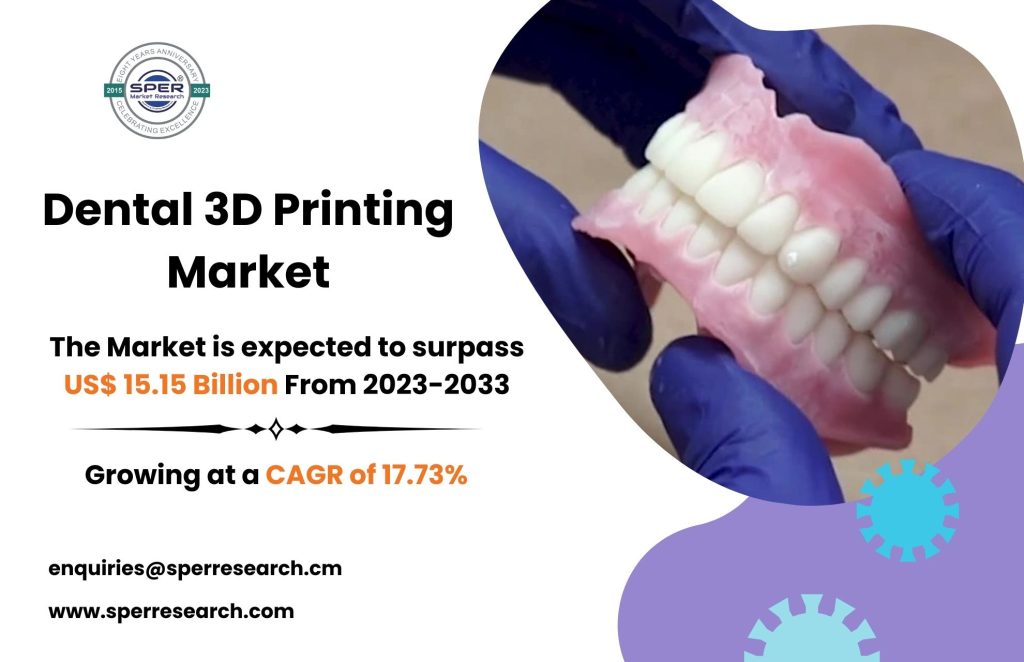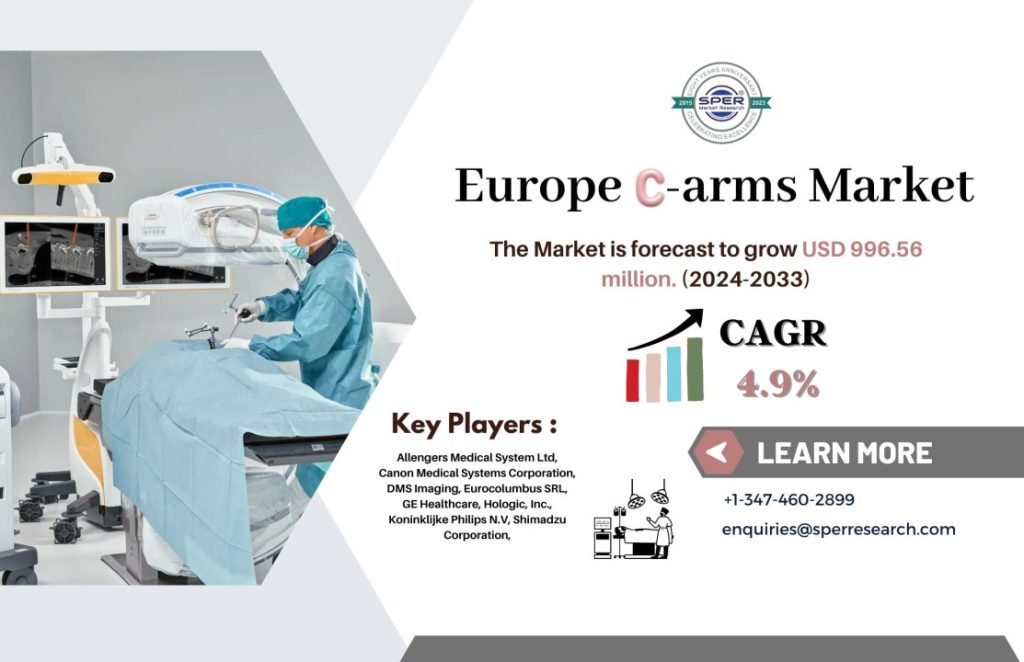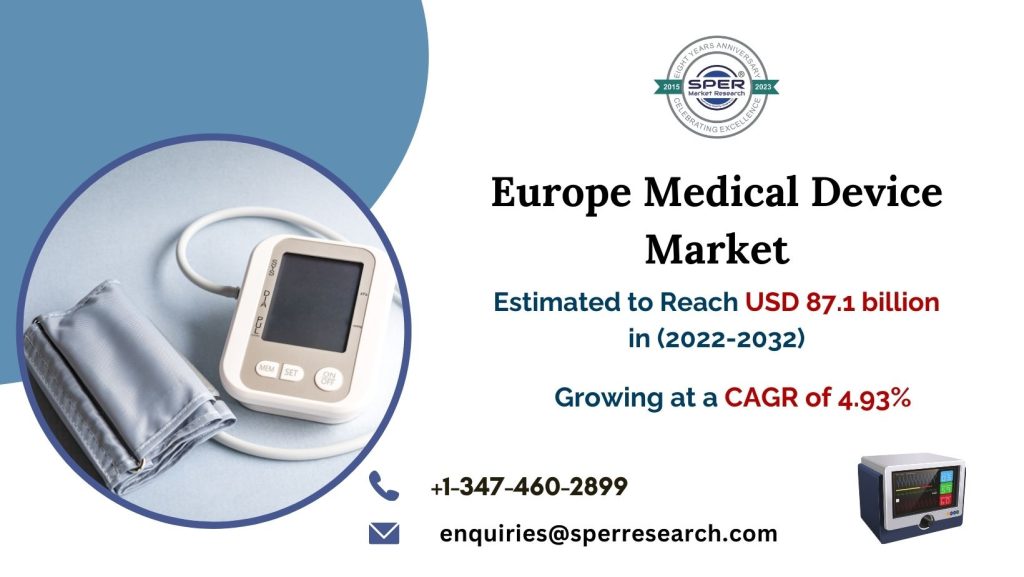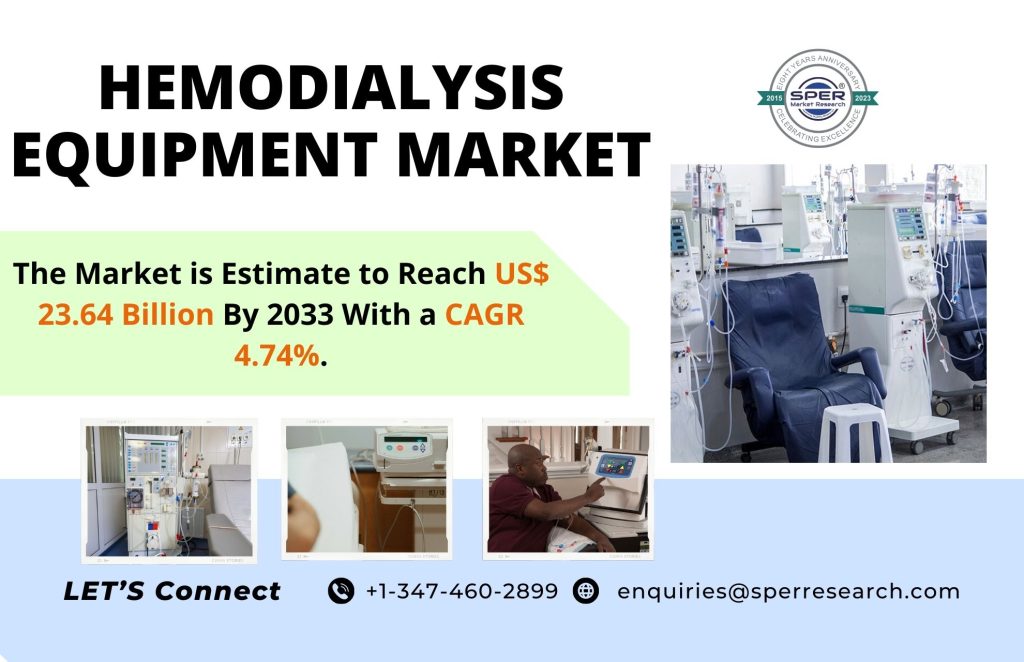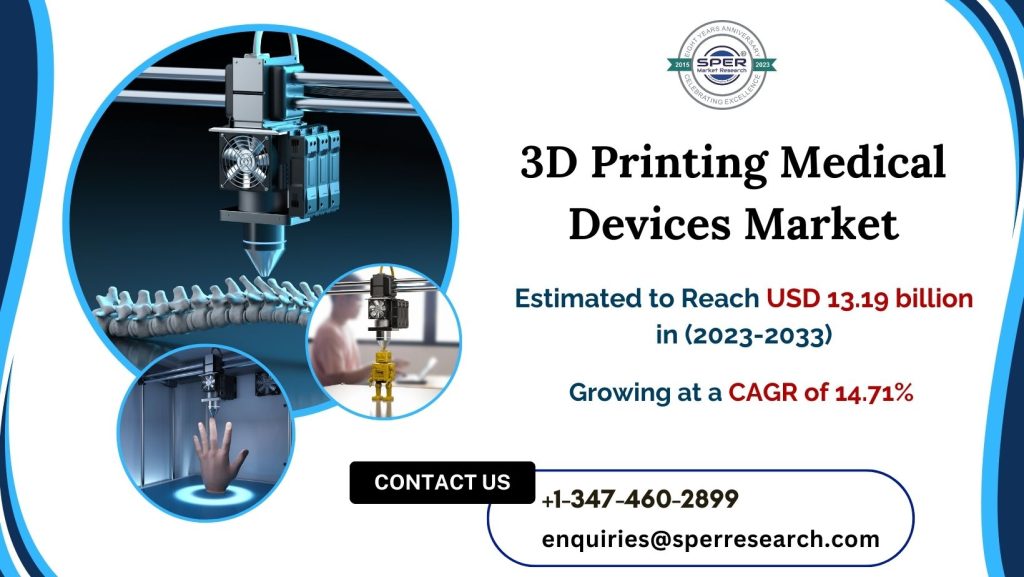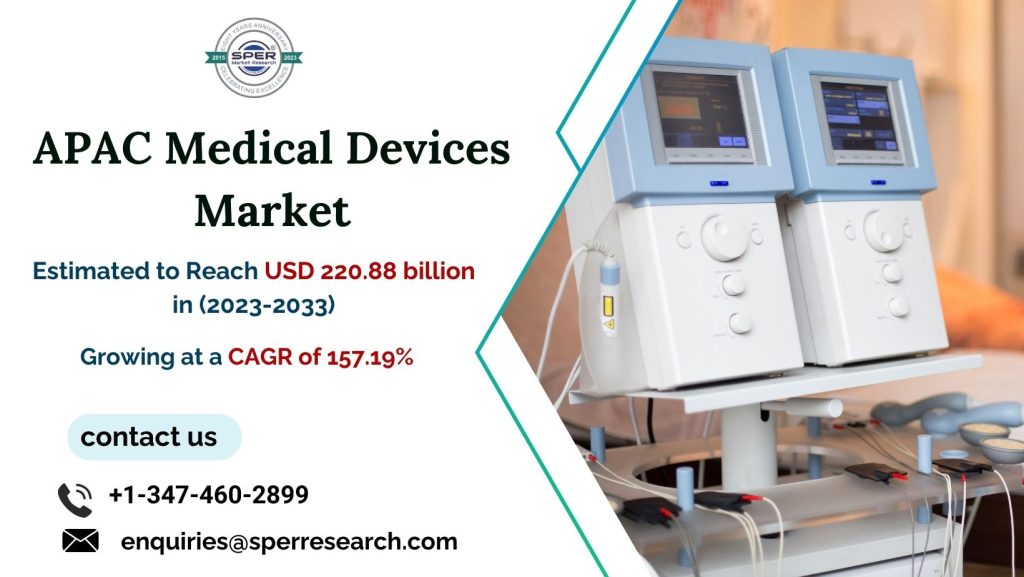3D printing is a method of creating three-dimensional objects layer by layer using computer-aided design. Because of its capacity to create complex models using a wide range of materials, 3D printing has applications in a variety of industries, including dental, aerospace, automotive, healthcare, food, fashion, mechanical engineering, and other industrial industries. Dental 3D Printing is the process of designing, developing, and producing dental consumables and other dental-related products to address a variety of dental diseases. Dental 3D Printing comprises producing a digital model of the desired thing and then printing that model in physical form utilizing a number of printing technologies.
According to SPER Market Research, Dental 3D Printing Market Size- By Technology, By Application, By Product & Service, By End User- Regional Outlook, Competitive Strategies and Segment Forecast to 2033’ states that the Global Dental 3D Printing Market is estimated to reach USD 15.15 billion by 2033 with a CAGR of 17.73%.
Drivers:
Healthcare 3D printing, which serves as a life-saving medical device in situations such as dental disorders and various implant issues, has been accelerated by technological advancements and increased R&D efforts. The increased occurrence of dental anomalies increases the need to treat such conditions with cutting-edge medical equipment and implants, which is driving the global market for dental 3-D (3D) printing. The rising emphasis on personal image and appearance has resulted in a greater desire for whiter teeth, straighter smiles, and other cosmetic enhancements. Rising awareness of the relationship between oral health and overall health, motivating individuals to prioritize preventative care and invest in preserving a healthy smile. These printers will enhance output while also reducing manufacturing time. Furthermore, the digitalized approach increase customer satisfaction.
Challenges:
Dental 3D Printing facilities may be too expensive for small and medium-sized laboratories. This is a substantial challenge in the industry because the majority of dental labs are small or medium-sized. This also makes it difficult for laboratories that rely on government funding to construct and use such equipment (which is a time-consuming process in and of itself). Due to financial constraints, many smaller dental clinics may decide to outsource production to service bureaus or laboratories. As a result, the Dental 3D Printing industry will confront major challenges. Dental 3D printers use sophisticated technologies such as lasers, precise actuators raises their cost when compared to generic materials. Established tight standards for materials used in printing dental restorations, implants, and appliances to ensure they do not cause adverse reactions or pose health hazards, which is projected to limit market growth.
Request For Free Sample Report @ https://www.sperresearch.com/report-store/dental-3d-printing-market.aspx?sample=1
Impact of COVID-19 on Dental 3D Printing Market
COVID-19 has caused significant disruptions in the supply chain of the medical device industry. The outbreak has reduced the number of surgeries performed each year, resulting in a general drop in the market. The global limitations and lockdowns in most nations had a negative influence on the demand and sales of dental equipment and operations. Furthermore, several device manufacturers changed their efforts to combat coronavirus outbreaks. Global limitations and lockdowns in the majority of countries reduced demand for dental equipment and operations. Furthermore, numerous equipment manufacturers shifted their emphasis to combat coronavirus epidemics. However, the COVID-19 outbreak has hampered the medical device sector’s recovery.
Dental 3D Printing Market Key Player
The North America region is the leading market share in Dental 3D Printing Market. Some of the key market players are SprintRay Inc., Nexa3D, NextDent B.V., Rapid Shape GmbH, Renishaw plc., Institute Straumann AG, Quoris3D.
Dental 3D Printing Market Segmentation:
The SPER Market Research report seeks to give market dynamics, demand, and supply forecast for the years up to 2033. This report contains statistics on product type segment growth estimates and forecasts.
By Technology: Based on the Technology, Global Dental 3D Printing Market is segmented as; Fused Deposition Modelling, Polyjet Technology, Selective Laser Sintering, Vat Photopolymerization, Other Technologies.
By Application: Based on the Application, Global Dental 3D Printing Market is segmented as; Impantalogy, Orthodontics, Prosthodontics.
By Product & Service: Based on the Product & Service, Global Dental 3D Printing Market is segmented as; Equipment (Dental 3D Printers, Dental 3D Scanners), Materials (Metal, Plastic, Others), Services.
By End User: Based on the End User, Global Dental 3D Printing Market is segmented as; Dental Laboratories, Hospitals & Clinics, Others.
By Region: This research also includes data for North America, Asia-Pacific, Latin America, Middle East & Africa and Europe.
This study also encompasses various drivers and restraining factors of this market for the forecast period. Various growth opportunities are also discussed in the report.
For More Information, refer to below link:-
Dental 3D Printing Market Share
Related Reports:
Follow Us –
LinkedIn | Instagram | Facebook | Twitter
Contact Us:
Sara Lopes, Business Consultant – U.S.A.
SPER Market Research
+1-347-460-2899
